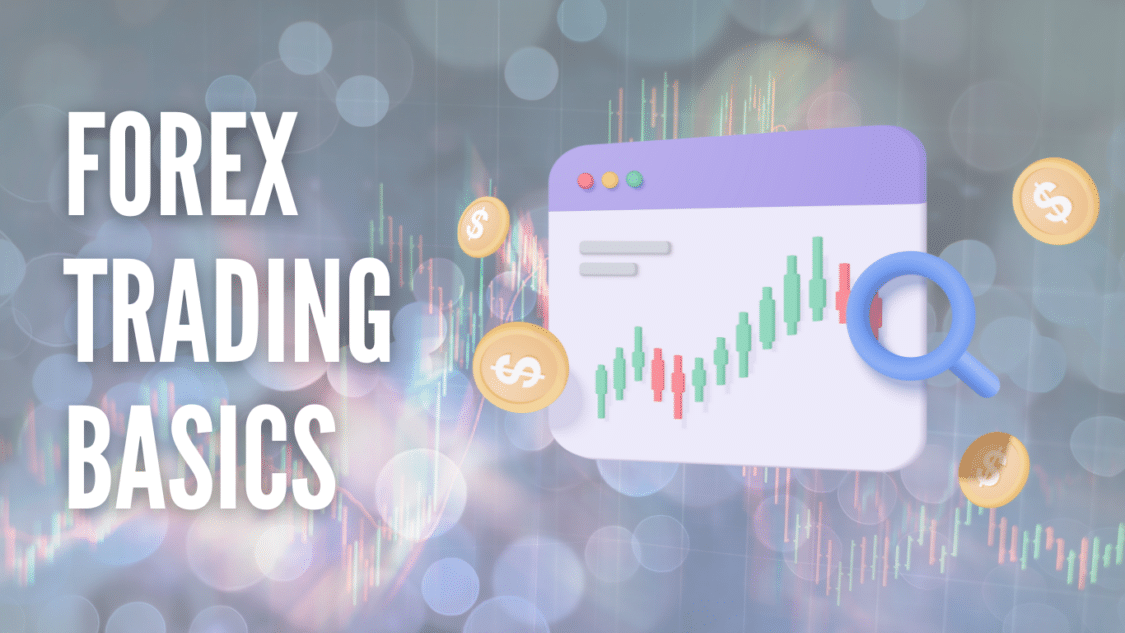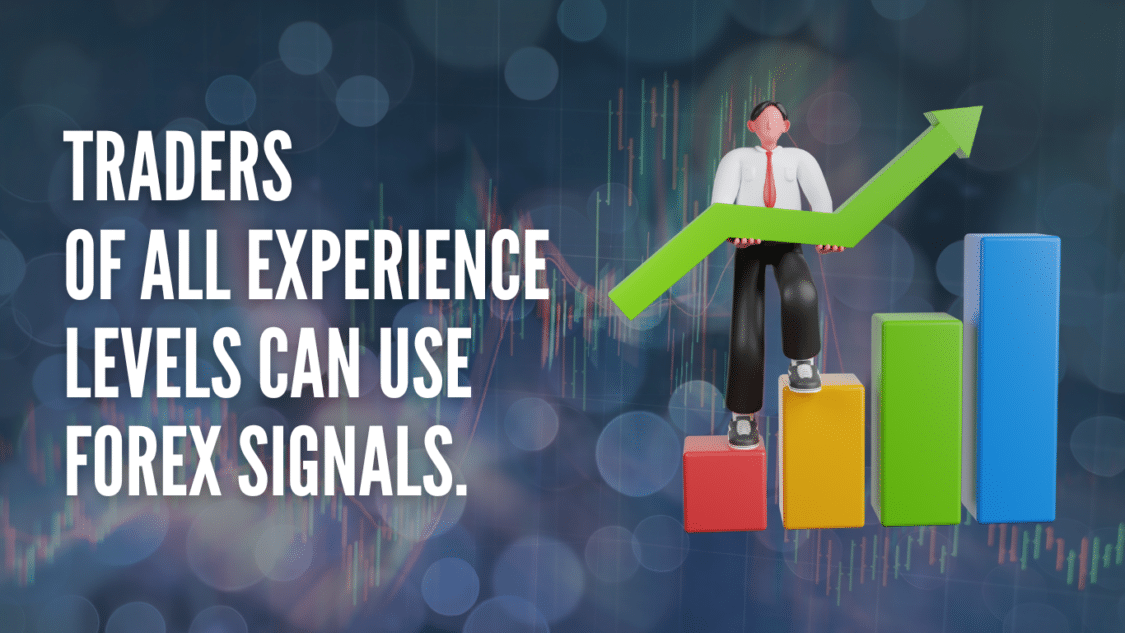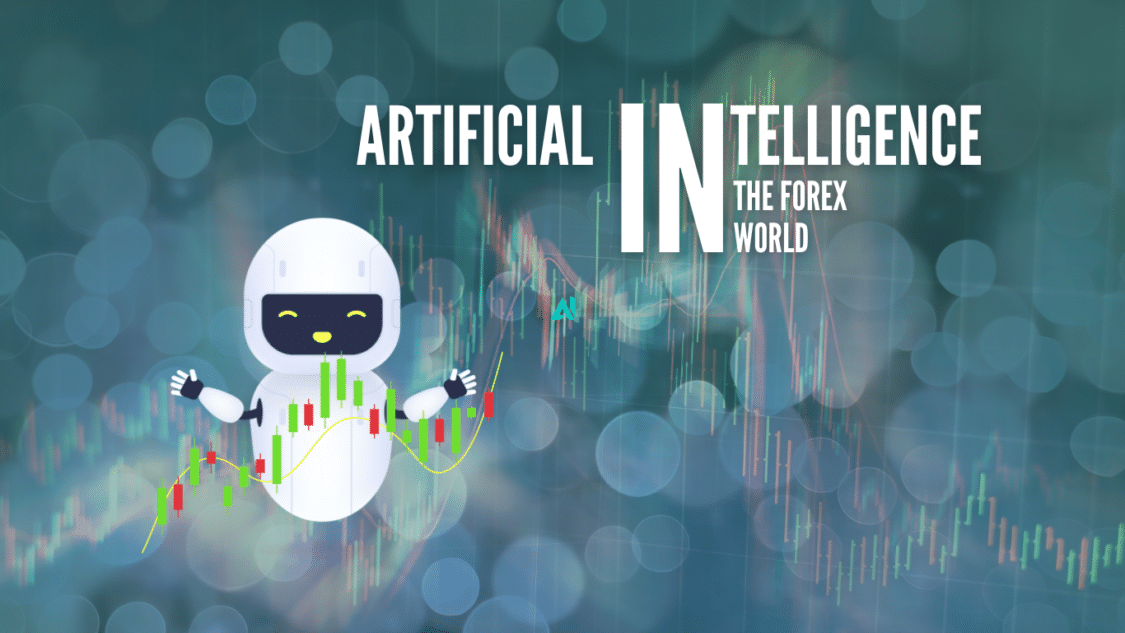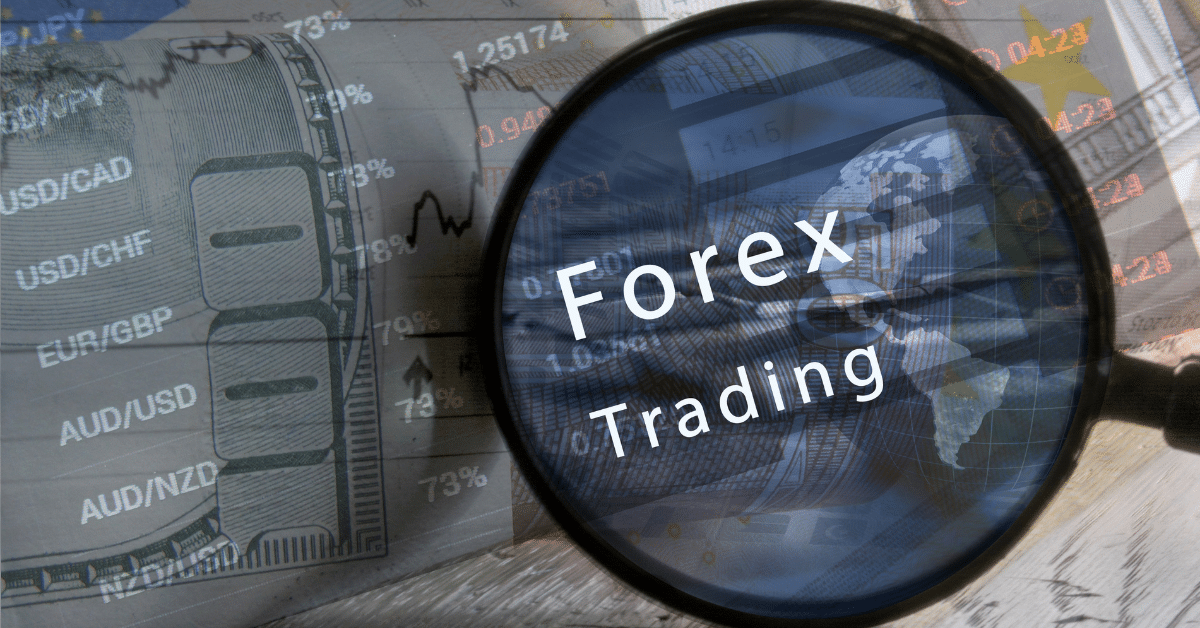Forex is a decentralized global market where currencies can be bought and sold. It is the biggest financial market worldwide. Forex market participants include large banks, central banks, governments, and multinational corporations. However, individual traders can also participate in this market through online brokers.
Forex trading is done through leverage. Leverage allows traders to control large positions with a small amount of capital. This can be a powerful tool but can also bring losses. Many strategies and techniques are used in forex trading. Including technical analysis, fundamental analysis, and automated trading.
Technical analysis involves studying charts and historical price data to identify patterns and make future price movement predictions. On the other hand, fundamental analysis focuses on economic and political factors influencing currency values. Automated trading, also known as algorithmic trading, involves using computer programs to execute trades based on predefined rules.
Forex trading is one of the most competitive and dynamic markets. Prices on this market are volatile and are constantly changing based on a wide range of factors. Successful traders must adapt to changing market conditions and deeply understand the currencies and economies they are trading.
What are forex trading basics?
It’s basics include understanding the currency pairs being traded, leverage use, and risk management’s importance.

- Currency Pairs: Forex trading is done in pairs, with the value of one currency being determined in relation to another. It is essential to understand the characteristics of the currencies being traded and how they may be affected by economic and political factors.
- Leverage: Leverage allows traders to control large positions with a small amount of capital. Using leverage wisely and clearly understanding the potential risks and rewards is important.
- Risk Management: Proper risk management is crucial in forex trading. Traders should have a proper plan to manage their risk. Including setting stop-loss orders and using proper position sizing.
- Technical Analysis: Technical analysis involves studying charts and historical price data to identify patterns and predict future price movements.
- Fundamental Analysis: Fundamental analysis focuses on economic and political factors influencing currency values. Traders should have a proper and enough understanding of the economies and political climates of the countries whose currencies they trade.
- Automated Trading: Automated trading, also known as algorithmic trading, involves using computer programs to execute trades based on predefined rules. This type of trading can be efficient but requires a good understanding of the market and the rules used.
In summary, Forex trading basics include understanding the currency pairs being traded, leverage use, and risk management’s importance. Technical analysis, fundamental analysis, and automated trading are important concepts in Forex trading.
What are Forex Signals?
These signals are trading ideas or suggestions provided by signal providers. They have usually experienced traders or financial analysts. These signals can inform traders about potential buying or selling opportunities in the foreign exchange market. Forex signals can be delivered in various ways. Including email, SMS, or through trading platforms.
They can include information such as the currency pair being traded, the price to enter or exit a trade, and the stop-loss and take-profit levels. Some signal providers may include additional information, such as market analysis or technical indicators, to support their trading idea.

Traders of all experience levels can use Forex signals, but it is important to understand that signals are not a guarantee of success. They are simply a tool that can be used to support a trader’s own analysis and decision-making. It is also important to consider the track record and reputation of the signal provider before using their signals.
In summary, Forex signals are trading ideas or suggestions provided by signal providers, usually experienced traders or financial analysts, to provide traders with information about potential buying or selling opportunities in the foreign exchange market. Those signals can be delivered in various ways, including information such as the currency pair being traded, the price at which to enter or exit a trade, and the stop-loss and take-profit levels. Traders should use forex signals to support their own analysis and decision-making, and it is important to consider the signal provider’s track record and reputation before using them.
Artificial Intelligence in the Forex World
Artificial intelligence (AI) is widely used in the forex world to assist traders in making more informed and efficient trading decisions. AI-based technologies such as machine learning and natural language processing can analyze large amounts of data and identify patterns and trends that are often not visible to human traders.
One of the main ways that AI is used in forex trading is through the development of trading algorithms. These algorithms use historical price data and market analysis to predict future price movements. Some trading algorithms are designed to execute trades automatically. While others provide trading signals or suggestions for traders to follow.
Another way that AI is being used in the forex world is through the development of robo-advisors. These digital platforms use algorithms to provide personalized investment advice to traders. Robo-advisors can analyze a trader’s risk tolerance and investment goals and suggest trades accordingly.

AI-based technologies can also be used for sentiment analysis. Sentiment analysis is the natural language techniques used to identify information from sources like social media, news articles, and other online content. This can be useful in the forex world as it can provide insights into market sentiment and help traders identify potential buying and selling opportunities.
In summary, Artificial intelligence (AI) is increasingly being used in the forex world to assist traders in making more informed and efficient trading decisions. AI-based technologies such as machine learning and natural language processing can analyze large amounts of data and identify patterns and trends that may not be visible to human traders. AI is used to develop trading algorithms, robo-advisors, and for sentiment analysis. This technology is helping traders to make more accurate predictions about future price movements and to execute trades more efficiently.
RL Trader Algorithms – Gain A Competitive Edge In Trading

